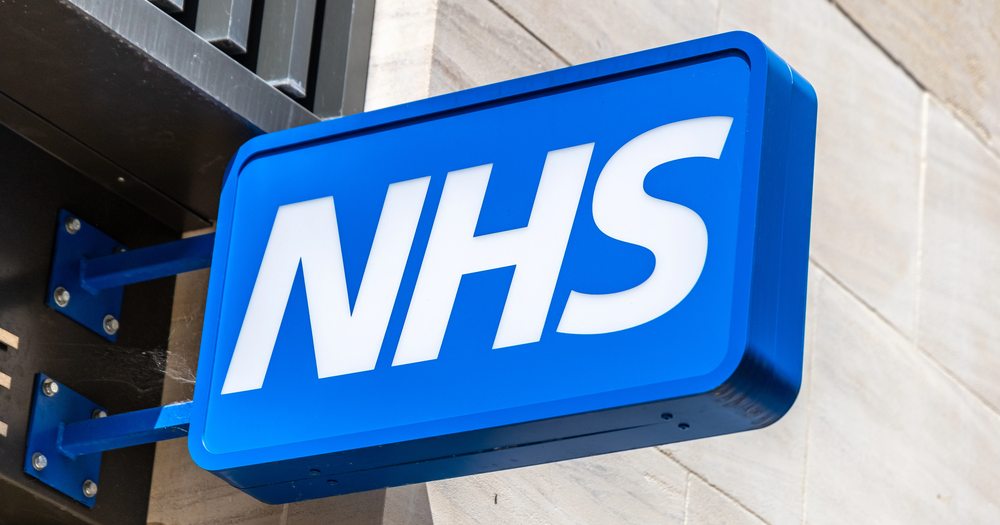UK NHS working on an AI system to target patient safety issues

The National Health Service is stepping into the digital fast lane. A new, world-first AI early-warning system will soon watch over hospital data around the clock, ready to shout when something looks off. As Health and Social Care Secretary Wes Streeting put it, "This technology will save lives - catching unsafe care before it becomes a tragedy." Patients stand to gain from swifter checks, fewer blind spots, and care that feels as safe as houses.
How will it work?
Think of the system as a tireless watchdog wired straight into NHS databases. Every few minutes it combs through torrents of routine data, looking for danger signals.
- Real-time scans: It sifts electronic records, incident logs, and staff reports for spikes in harm - from medication mishaps to surgical slips.
- Smart pattern-spotting: Algorithms flag unusual clusters, then rank them by urgency.
- Instant escalation: When a red flag pops up, the Care Quality Commission (CQC) can dispatch specialist inspectors on the double.
- Early test-bed: A maternity module goes live in November, hunting for higher-than-expected rates of stillbirth, neonatal death, or brain injury.
Professor Meghana Pandit, NHS England's Co-National Medical Director for Secondary Care, says the rollout will "turbo-charge the speed and efficiency with which we identify patient safety concerns and enable us to respond rapidly to improve patient care."
Why does it matter?
Safety scandals - from struggling mental-health wards to stretched maternity units - have shaken public trust. One overlooked incident can snowball into heartbreak. Streeting reminds us, "Behind every safety breach is a person - a life altered, a family devastated."
The AI guard-dog aims to:
- Spot trouble sooner, slashing the time between first hint and full investigation.
- Cut paperwork, freeing clinicians to focus on bedside care, not box-ticking.
- Reassure families, showing that the NHS will pounce on problems before they grow teeth.
Short story: faster alerts, fewer tragedies.
The context
This digital push is a pillar of the government's 10-Year Health Plan and wider Plan for Change, which vows to drag the service from analogue to digital. At its heart lies the NHS Federated Data Platform - a secure hub pooling information once buried in siloed systems.
Sir Julian Hartley, chief executive of the CQC, notes that the regulator will use richer data to "spot and act on risk earlier," promising "more inspections and quicker feedback."
The message is clear: after years of painful lessons, transparency and tech will now sit at the head of the patient-safety table - not as guests, but as permanent fixtures.
💡Did you know?
You can take your DHArab experience to the next level with our Premium Membership.👉 Click here to learn more
🛠️Featured tool
 Easy-Peasy
Easy-Peasy
An all-in-one AI tool offering the ability to build no-code AI Bots, create articles & social media posts, convert text into natural speech in 40+ languages, create and edit images, generate videos, and more.
👉 Click here to learn more


